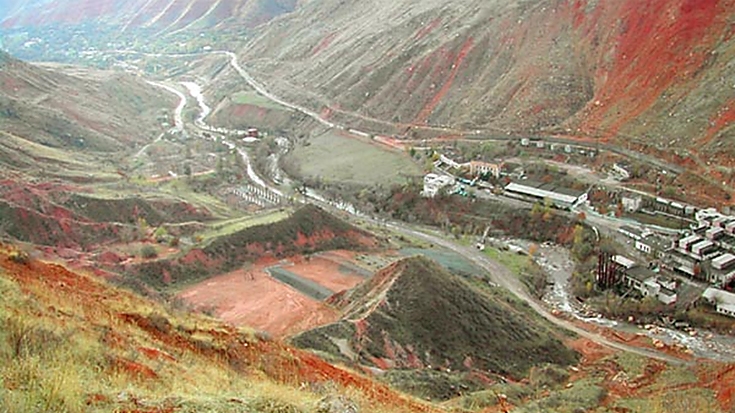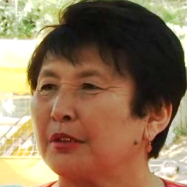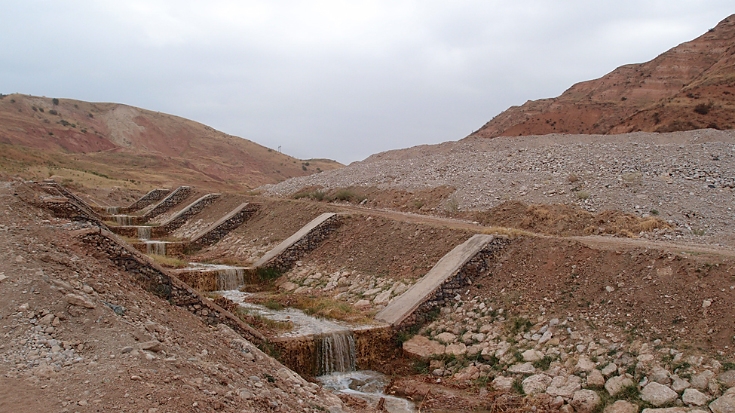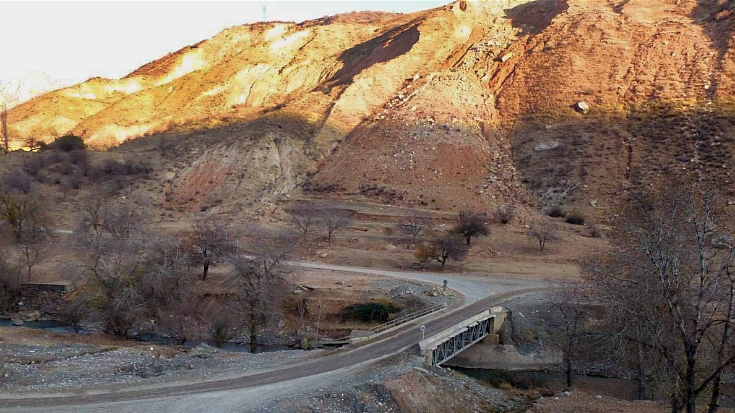The rounded green hills and jagged rock mountains around the small city of Mailuu-Suu once held dangerous secrets. From 1947 to 1968, the Soviet Union mined uranium in the hills just outside Mailuu-Suu, and the city was a closed area. But after independence, when the mining stopped, the people who live here were left with the remains. Twenty-three tailings and thirteen radioactive rock dumps were simply abandoned, in a region threatened by earthquakes, floods, and landslides.
“The tailings are radioactive,” explains Altibai Abdraev, who works for the Ministry of Emergency Situations. “And they break down and leech out, and, in the case of a natural disaster, they could pose a threat to everything down river, into Uzbekistan and the whole Ferghana Valley.”
In a worst-case scenario, the fertile land of the Ferghana Valley and the 6 million people who live in and around it could face severe pollution with radioactive elements and heavy metals, lasting hundreds of years. Many of the tailing sites sit close to Mailuu Suu River, as water was used in the mining process, and the river flows into the Ferghana Valley. The groundwater and agricultural land there are of crucial importance to the Kyrgyz Republic and its neighbors Uzbekistan and Tajikistan.





